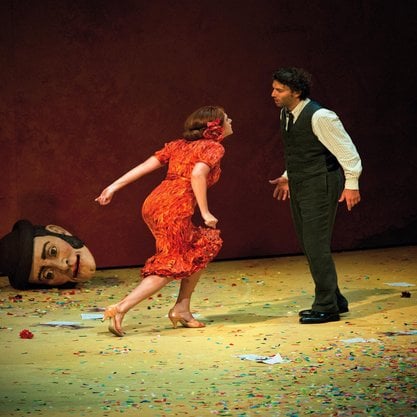Article
The Abbey Theatre By Reynolds, Paige
Article
The Abbey Theatre is a term that has come to encapsulate the many iterations of the National Theatre of Ireland. Located in Dublin, the Abbey Theatre was originally and literally the name of a building purchased in 1904 by the theater’s English patron Annie Horniman. The precursor of the Abbey was the Irish Literary Theatre (ILT), founded in 1897 by Lady Isabella Augusta Gregory, Edward Martyn, George Moore, and W. B. Yeats. Like many modernist movements and institutions, the ILT articulated its aims in a founding manifesto that announced the intention to stage “certain Celtic and Irish plays” and to embody “that freedom to experiment which is not found in theatres of Europe and without which no new movement in art and literature can succeed” (Gregory 1965: 9). In 1902 the ILT merged with the acting company of W. B. Fay’s Irish National Dramatic Company, and in 1903 this company was named the Irish National Theatre Society. In 1906 it became the National Theatre Society, Ltd., a professional company under the directorship of Gregory, Yeats, and J. M. Synge. The Abbey remains today the national theater of Ireland, and also houses the smaller, experimental Peacock Theatre.




